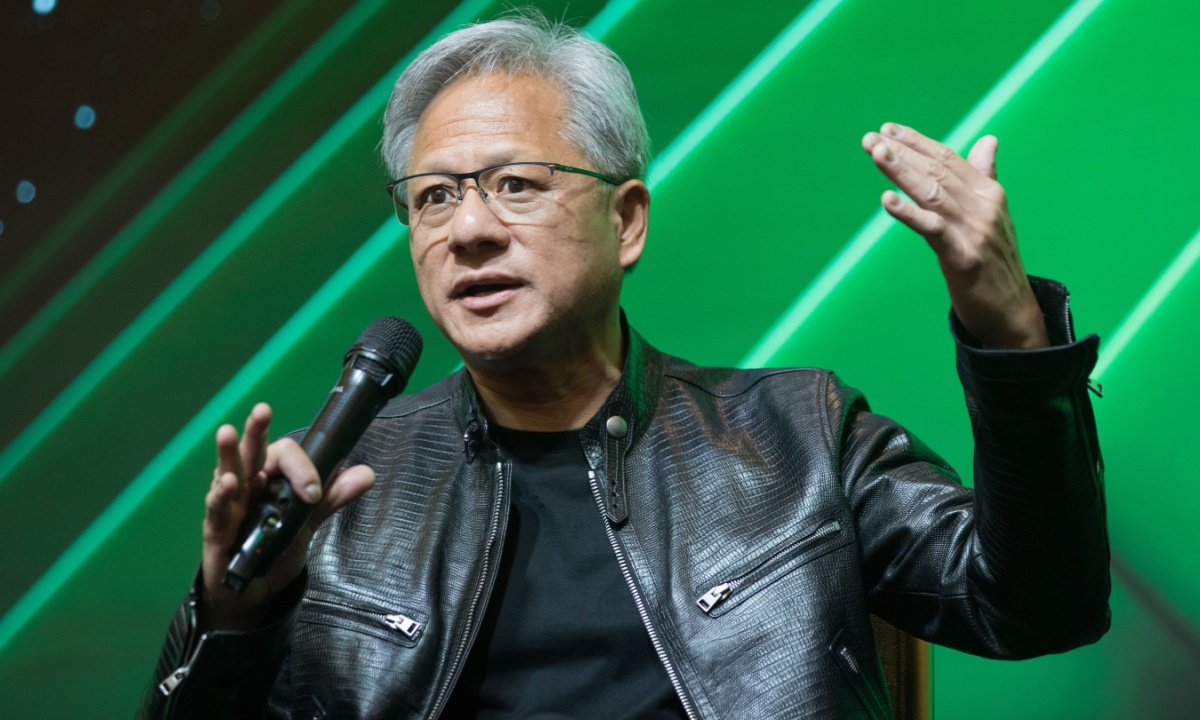The Need for Enhanced Computing Power in AI’s Next Phase

Nvidia’s Vision for the Future of AI
The Need for Enhanced Computing Power
In a recent keynote at Nvidia’s developer conference, CEO Jensen Huang emphasized the increasing demand for computing power as the field of artificial intelligence (AI) advances. He noted that we are at a critical juncture, moving towards more complex AI systems that act with reasoning capabilities—referred to as agentic AI models. This transition requires significantly more computational resources than traditional large language models, which provide instant answers without extensive reasoning.
Understanding Reasoning AI Models
Unlike conventional models that respond immediately, reasoning models engage in a more elaborate thought process, analyzing and reevaluating information before responding. Huang highlighted that while traditional models may use less computing power, emerging reasoning models require nearly 100 times more computational resources to achieve faster responses. This increase in processing speed is vital to maintaining user engagement and minimizing waiting times for answers.
Resilience in GPU Demand
Despite a dip in Nvidia’s market value earlier this year due to concerns about GPU demand, Huang remains optimistic about future needs. He posits that the rise of reasoning AI will further drive the demand for Nvidia’s graphics processing units (GPUs). Past sales figures illustrate this trend: Nvidia shipped 1.3 million of its older Hopper GPUs during peak demand years, but the new Blackwell chips have surpassed that in their first year by shipping 3.6 million units.
AI Workload Efficiency
Huang acknowledged that while techniques for improving AI processing efficiency exist, the robust demand for computational power is expected to continue. Startups like Inception Labs are working on innovative solutions to streamline AI tasks. Their technology involves parallel processing, which enables generating multiple tokens simultaneously, effectively reducing the amount of GPU time required.
Nvidia’s Collaborations with Major Companies
Nvidia has recently partnered with General Motors (GM) to harness AI technology for vehicle and factory optimization. Through the use of Nvidia’s Omniverse platform, the collaboration aims to create digital twins of GM’s assembly lines to facilitate virtual testing and simulations, ultimately reducing operational downtime. This partnership marks a significant expansion of Nvidia’s influence, as GM plans to implement AI across a range of manufacturing processes.
Additional Strategic Partnerships
Beyond GM, Nvidia has also formed alliances with Google and GE HealthCare. The collaboration with Google aims to enhance AI applications across various sectors, including robotics, healthcare, and energy management. Nvidia and GE HealthCare are working together to develop robotic imaging technologies that could vastly increase access to diagnostic imaging for underserved populations worldwide.
Launch of New AI Hardware
In conjunction with these partnerships, Nvidia has introduced new desktop supercomputers under the DGX brand, designed for researchers and developers focusing on AI. The DGX Spark and DGX Station offer high levels of computational power suitable for fine-tuning AI models and performing complex inference tasks. These systems can handle operations at speeds reaching 1,000 trillion operations per second, enabling advanced AI research and development from personal desktops or cloud-based systems.
Future Prospects in Quantum Computing
Nvidia is also venturing into quantum computing by announcing the Nvidia Accelerated Quantum Research Center in Boston. This center will focus on integrating quantum hardware with AI supercomputers to drive advancements in quantum technologies, with plans to begin operations by 2025.
As AI continues to evolve with increased computational demands, collaborative efforts and innovative hardware developments position Nvidia as a key player in shaping the future of this transformative technology.






